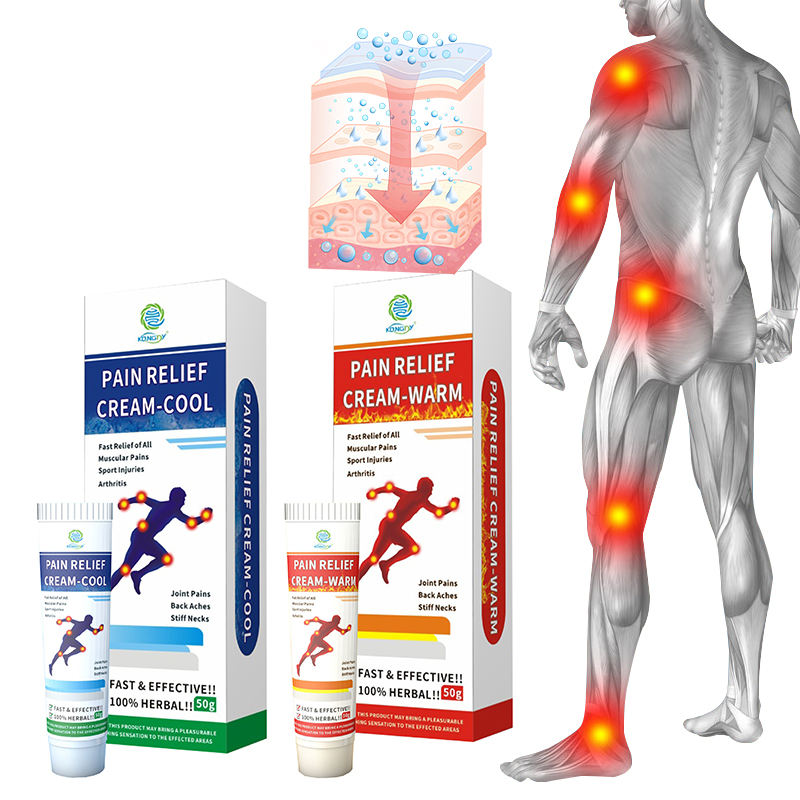When choosing a pain relief cream, you can consider the following two aspects:
- Ingredients and Formulation:
Active Ingredients: Look for creams that contain active ingredients known for their pain-relieving properties. Common active ingredients include menthol, capsaicin, lidocaine, or nonsteroidal anti-inflammatory drugs (NSAIDs) like ibuprofen. Depending on your specific pain, you may prefer one ingredient over another.
Natural Ingredients: Some people prefer pain relief creams with natural ingredients like arnica, chamomile, or essential oils. These ingredients can offer relief while minimizing the risk of adverse reactions.
Avoid Allergens: Check the ingredient list for potential allergens or irritants. If you have sensitive skin or known allergies, opt for creams that are hypoallergenic and free from common allergens. - Purpose and Pain Type:
Targeted Use: Consider the type of pain you’re experiencing. Pain relief creams often come in specialized formulations for different purposes, such as arthritis pain, muscle soreness, joint pain, or back pain. Choose a product that aligns with your specific pain.
Topical vs. Deep Relief: Some creams provide surface-level relief, while others penetrate deeper into the tissues. Depending on the nature of your pain, you may prefer one type over the other. For deep-seated pain, creams with ingredients that penetrate deeper can be more effective.

In addition to these aspects, it’s essential to read product reviews, consult with a healthcare professional if needed, and conduct a patch test on a small area of your skin to check for any adverse reactions before applying the cream to a larger area. Pain relief creams can vary significantly in terms of effectiveness and suitability, so finding the right one for your needs may require some experimentation.






